Simba Team Ziwani Update: 01 May 2010
Participants:
Nicodemus Kivindyo-Team Leader John mungai Adan Abdi Boru Okichi Joshua Muthoka
2 KWS Rangers
Areas covered
During the month of May the Ziwani team conducted its de-snaring activities at the following areas: Oza ranch/Kishushe ranch and Taita wildlife sanctuary. Findings
The team lifted a total of sixteen (16) snares all made of heavy duty cable targeting big game.

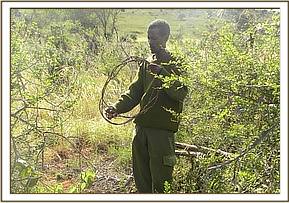
A large amount of glass waste was found dumped at Oza ranch.
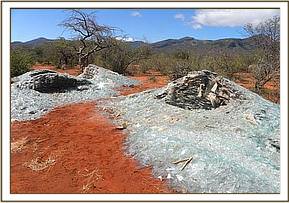
Observable Evidence
The number of snares lifted this month has reduced compared to the previous months but this finding does not indicate that poaching has reduced. According to the teams findings, poachers are just changing their targeted animals from small/medium sized game to quite large mammals like elephants where they harvest the flesh as well as the tusks hence getting the benefits of both selling illegal meat & other products (tusks) from one animal with the same method of poaching (snaring). The arrest of the two poachers also shows that poaching is on going. This month has seen drastic amounts of elephant poaching for both the flesh and the tusks.
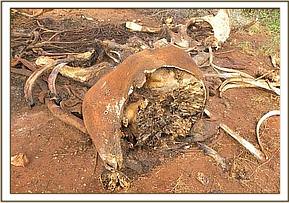
Oza Ranch
During patrols the team lifted two snares and found five elephant carcasses, four adults and one sub adult all having been killed by snares. The flesh was missing from four elephants and tusks missing from all the carcasses. From five elephants this is ten tusks. Two of the five carcasses were burned, and one had been partially buried.
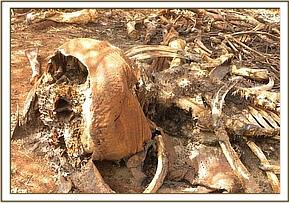
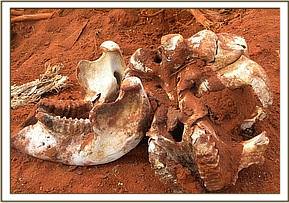
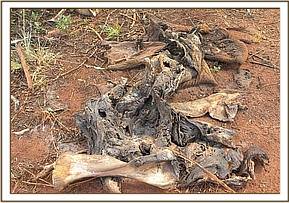
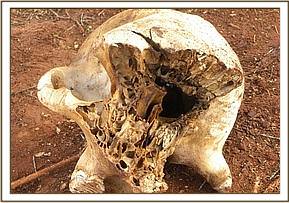
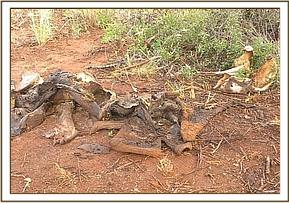
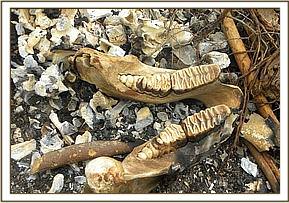
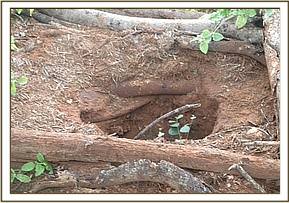
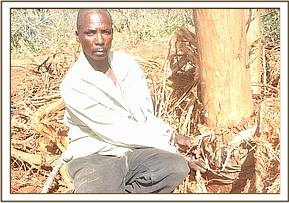
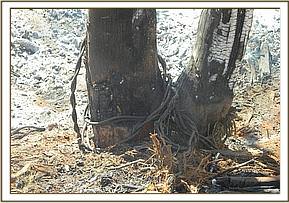
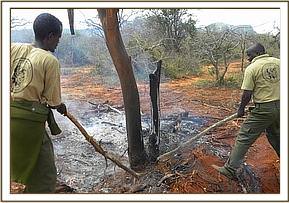
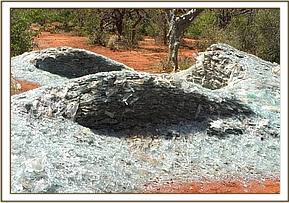
This area is rich in biodiversity as it is home for many species of plants and animals. Most of the flora & fauna seems to have recovered from the previous drought which caused massive amounts of destruction & death. It will take several years for wildlife populations to recover. The team lifted fourteen (14) snares all targeting big game and arrested a poacher with 12 kg of bush meat (from a male Impala) and twelve snares.
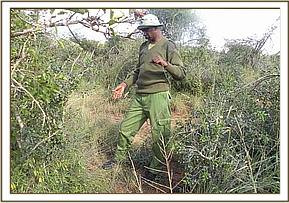
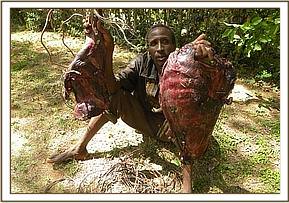
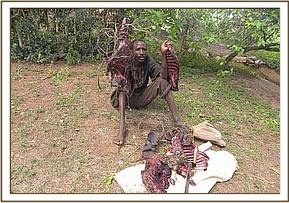
Community work
The team organised two ecological trips to Tsavo east National park. The Maktau primary school benefited from 2 two trips, one on 6th/5/2010 and another on the 7th/5/2010. The students saw a lot of wildlife such as herds of elephants, a group of lions, herds of buffaloes, elands, giraffes among others.
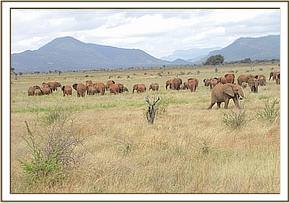
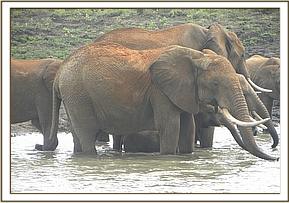
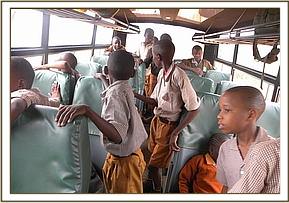
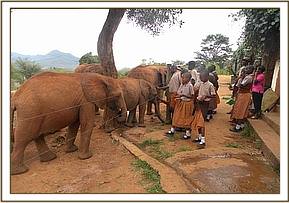
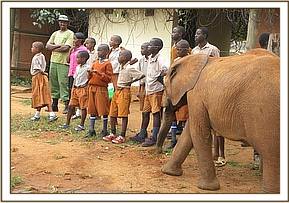
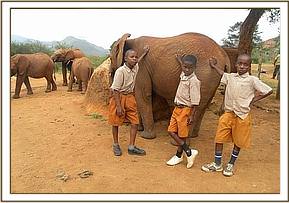
Report by Nicodemus Kivindyo(Team Leader)